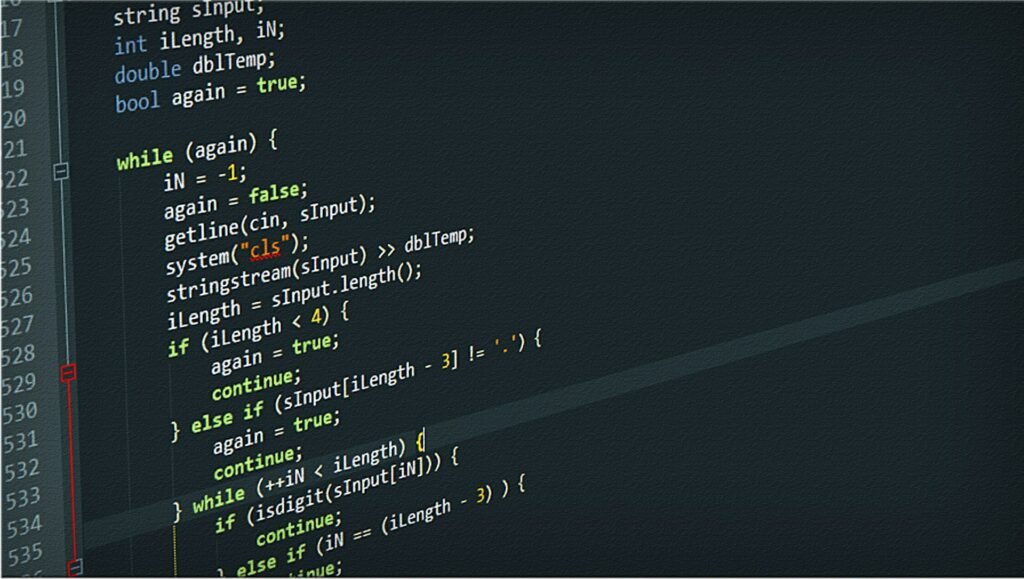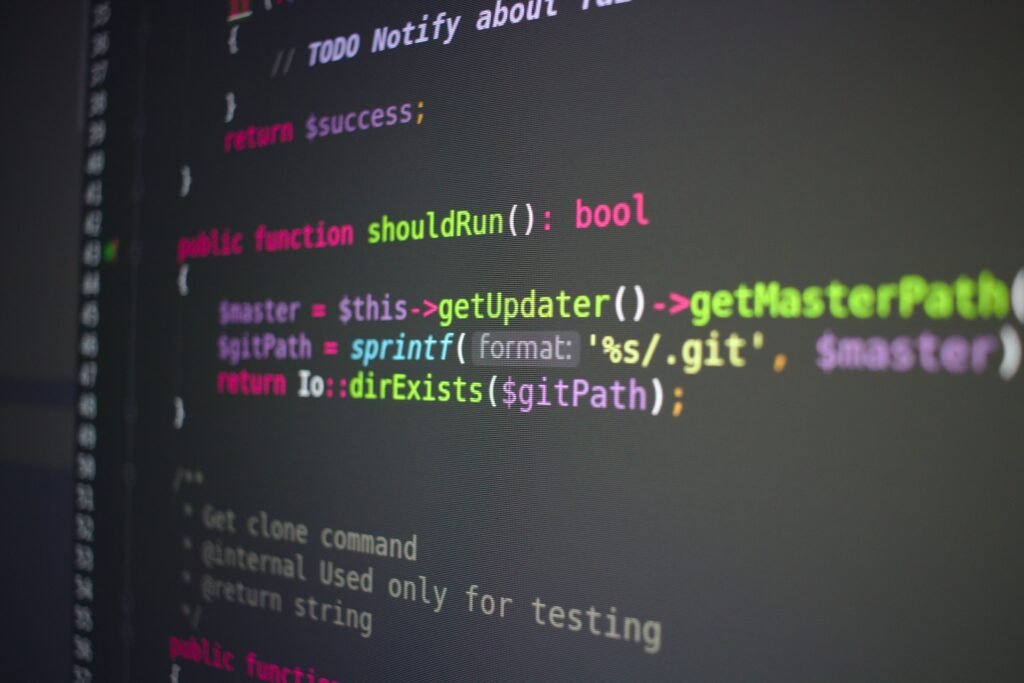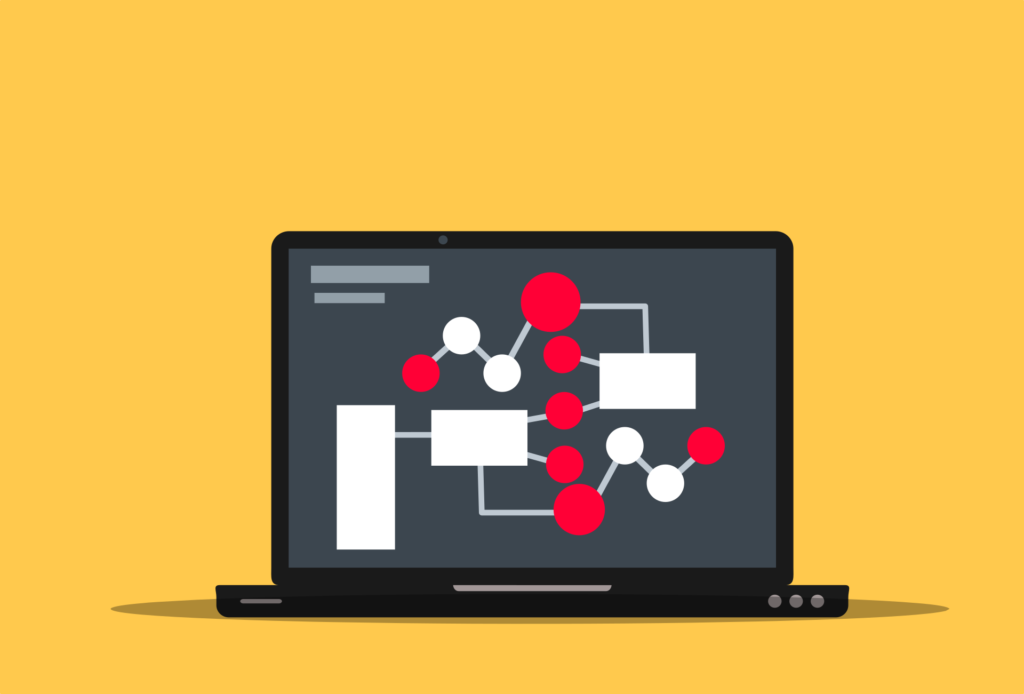What is json json javascript object notation
The lightweight data exchange format json (javascript object notation) is frequently used for data transmission between a server and a web application or between other software system components. It is made to be both machine- and human-readable and simple to parse and create.
Similar to how objects are represented in many programming languages, json data is expressed as key-value pairs. Objects and arrays make up the majority of its structures.

Each key in a json javascript object notation object is a string wrapped in double quotes and followed by a colon. The matching value can be any acceptable json data type, such as strings, integers, booleans, null, arrays, or nested objects.
Advantage and disadvantage of json
Javascript object notation, or json, javascript object notation offers both benefits and drawbacks.
Benefits of json javascript object notation.
- Human-readable – humans can easily read and write json. Its syntax is simple and reflects several programming languages’ object structures.
- Lightweight – json is lightweight and effective for data transfer via networks because of its concise nature. Performance is enhanced while bandwidth utilization is decreased.
- Widely supported – a wide range of computer languages and systems support json. Almost all of the popular programming languages include libraries that can parse and produce json.
- Simple to parse – json can be quickly parsed into computer language native data structures including objects, arrays, and primitive data types. This makes using json data in apps by developers more straightforward.
- Language-independent – json is not dependent on any one particular programming language or piece of hardware. It may be used to transfer data between several platforms, facilitating system compatibility.
The drawbacks of json javascript object notation.
- No schema validation – no built-in method for establishing data schemas or enforcing data validation criteria exists in json. This indicates that it depends on outside resources or extra reasoning to guarantee data integrity and conformity to predetermined norms.
- Limited data types – json only supports a small number of data types, such as texts, integers, booleans, null, arrays, and objects. Dates, binary data, and custom kinds, as well as other more complicated data types, are absent. In order to express such data in json format, workarounds are frequently needed.
- Verbosity – when compared to alternative forms for exchanging data, such as binary formats or specialized protocols, json can be verbose. Each item has repeated field names, which might expand the amount of delivered data.
- Absence of comments – json does not offer a standardized method for including comments in the data. Although they are helpful for describing the data or adding notes to it, comments are not recognized by the json specification.
- Potential security threats – it’s crucial to be mindful of security threats, such as json injection or poor data validation, while parsing or creating json. If not handled properly, malicious or untrusted json data may result in vulnerabilities.
Best characteristics of json javascript object notation
There are a number of qualities that make json (javascript object notation) popular and helpful.
- Ease of use – json has a simple syntax that is simple to understand and operate with. It relies on nested structures and key-value pairs to express and organize data, making it simple to use.
- Readability – json is created to be readable by humans. Its plain text format, which utilizes few special characters, makes it simple to understand and debug. Additionally, its readability makes it easier for developers to work together.
- Json is lightweight – because of its brief and condensed format, which results in smaller file sizes than those produced by other data exchange protocols. This property is especially useful for web applications since it minimizes data transmission, which is crucial for effective network connection.
- Language independence – json is a format that is not language-specific. It is suited for interoperability between various systems and platforms and may be used with a broad variety of computer languages.
- Broad adoption – json has been widely embraced and supported by the software development industry. Json data may be parsed, generated, and worked with using libraries and tools that are available for practically every major programming language.
- Flexibility of data structures – json allows a wide range of data types, including objects, booleans, arrays, null, strings, integers, and booleans. Developers may quickly express complicated data hierarchies and interactions because of its adaptable structure.
- Platform compatibility – json may be utilized in a variety of settings, such as server-client communication, mobile apps, and web development. It is adaptable to a variety of software settings since it is compatible with many operating systems and platforms.
- Interchangeability – json makes it easier for systems and services to exchange data. It is simple to send via http or other network protocols, and the receiver program may quickly parse it into native data structures.
- Json is extensible – allowing for customized additions and new data properties without compromising compatibility with already-built json parsers. This flexibility supports changing data models and allows programmers to modify json to meet particular application needs.
What is format json
Objects, arrays, integers, strings, booleans, and null are all acceptable json data types. Json data is represented as a collection of key-value pairs, where the keys are strings and the values can be any other json data type. The format is created to be legible by humans and simple for computers to parse and generate.
Key-value pairs are defined as the core building blocks of a json object by surrounding them in curly brackets () and separating them with commas. Each key is followed by its appropriate value and a colon (:).
Here is an illustration of a basic json object that represents a detail.
{
“name”: “mit academys”,
“contact”: 11122455,
“country”: “india”
}
In addition to objects, json also supports arrays, which are ordered lists of values enclosed in square brackets ([]). Here’s an example of a json array.
[
“java”,
“python”,
“sql”
]
Due to its simplicity, readability, and widespread support across computer languages and platforms, json has grown to be a popular choice for data transmission. Application programming interfaces (apis) for the web frequently utilize it to transmit and receive structured data between clients and servers.
What is json view
Json view is a technique for presenting or visualizing json data in a more approachable and interactive way. It is frequently implemented as a feature in text editors, ides (integrated development environments), or as a browser plugin.
When working with big or sophisticated json structures, json data’s compact and machine-readable nature might make it difficult for people to comprehend and traverse. Json view tools are designed to exhibit json data in a more approachable manner, making it simpler to read, recognize, and explore.
When json view is used on a json document, the data is frequently shown hierarchically or nestedly, with collapsible portions that enable users to expand or collapse certain objects or arrays. This aids in illustrating the organization and connections between various json data elements.
To increase readability, json view tools frequently incorporate features like syntax highlighting, indentation, and formatting. Additionally, they could include search and filter capabilities that let users identify particular keys or values inside the json format.
Additionally, json view tools could provide other features like the capability to edit or amend json data directly within the view, validate json against a schema, or convert json to alternative representations (like xml or yaml).
What is json beautification
Json prettifying, sometimes referred to as json formatting, is the act of reorganizing a json string to enhance its readability and visually appealing nature. Line breaks and indentation are frequently absent from json data representations, which can make it difficult for humans to read and grasp. Json beautification uses formatting rules to add indentation, line breaks, and whitespace to the json string, making it easier to read and more aesthetically pleasing.
Several formatting conventions may be used to beautify json, however the following are the most popular ones.
Adding consistent spaces or tabs to indicate nested objects or arrays is known as indentation. A predetermined number of spaces or tabs are often used to indent each level of nesting.
Inserting line breaks at strategic locations to separate various objects, arrays, or key-value pairs. This makes the json more readable and structured.
Whitespace is used to separate items within arrays or objects by adding spaces between commas (,) and colons (:), which separate keys and values. This improves clarity and helps to differentiate the various json structure components.
Here is an example of a json string that has been enhanced.
Original beautification format.
{“name”:”mitacademys”,”cont”:111222,”city”:”sirohi” country”:”india”,”course”: [“java”,”python”]}
After beautification format.
{
“name”: “mitacademys”,
“cont”: 111222,
“city”:”sirohi”
“country”: “india”,
“course”: [
“java”,
“python”
]
}
Although json beautifying does not make json data more useful, it does make it easier to understand, especially when working with complicated or lengthy json structures. When working with json data in text editors, ides, or online json formatting tools, it is frequently utilized for development, debugging, and these tasks.
Best online json viewer
There are several trustworthy and straightforward json viewers online. Here are some well-known examples.
- Json formatter and validator (jsonformatter.org) – you may format and validate json data with this tool. With features to expand and compress objects and arrays, syntax highlighting, and error checking, it offers a clear and user-friendly interface.
- Json editor online (jsoneditoronline.org) – provides a thorough json viewing and editing experience. In addition to a syntax highlighter, collapsible sections, and the ability to edit and validate json data, it offers a tree representation of the json structure.
- Json viewer (jsonviewer.stack.hu) – this straightforward and lightweight web application prepares json data for straightforward viewing. It provides a collapsible tree format for json presentation, making it simple to browse the json structure.
- Json viewer (jsonviewer.net) – both json and jsonp formats are supported by this online json viewer. It displays the json data as a well-structured tree with parts that may be expanded or collapsed with syntax highlighting.
- Json pretty print (jsonprettyprint.com) – json data may be formatted and made more attractive with json pretty print (jsonprettyprint.com). It provides choices to change the url encoding, compact or enlarged view, and indentation level.
How validation json
In order to validate json, one must determine if a particular json data structure complies with the syntactic requirements and limitations established by the json format. It makes that the json is properly formatted and can be used by apps or successfully interpreted by json parsers.
Two components are commonly involved in json validation.
- Syntax validation – this stage ensures that the json data complies with the formatting requirements for syntax. It verifies that quotes, colons, commas, and brackets are placed properly. The json string is appropriately constructed and free of syntax problems thanks to syntax checking.
- Schema validation – schema validation confirms that the json data follows a certain schema or structure specified by a json schema, going beyond simple syntax checking. The structure, data types, restrictions, and validation guidelines for a json document are described in a json-based standard called a json schema. You may enforce data integrity and make sure that the json data follows to the anticipated structure and limitations by validating against a json schema.
Json validation is supported by a number of tools and frameworks across several programming languages. Here are a few illustrations.
- Javascript – the json.parse() method in javascript may be used to verify json syntax. Json schema validation features are offered by libraries like ajv and tv4.
- Python – the json decoder json.loads() in the python json module may be used to verify json syntax. Json schema validation is provided by libraries like jsonschema and json-spec.
- Java – json parsing and validation capabilities are provided by libraries like jackson, gson, and org.json in java. Json schema validators such as everit json schema and json-schema-validator can be used.
- Online tools – online json validation tools like jsonlint.com and jsonschemavalidator.net are also accessible. You may test against json schemas and check json syntax using these tools.
Json string
A json string refers to a sequence of characters that adheres to the syntax rules of json (javascript object notation). In json, strings are used to represent textual data and are enclosed in double quotation marks (“):
“welcome to mit academys!”
Json editor
A json editor is a device or piece of software that makes it simple and interactive to generate, edit, and work with json data. Json editors often include a graphical user interface (gui) with capabilities like syntax highlighting, code completion, error checking, and structure visualization to make working with json easier.
These popular json editors are listed below.
- Json editors – json editors are tools that may be used in text editors or integrated development environments (ides), as standalone programs, browser-based tools, or independent tools.
- Visual studio code (vs code) – vs code is a popular source code editor that, through a number of plugins, provides great json editing capabilities. Syntax highlighting, code completion, validation, and formatting are capabilities offered by extensions like “json tools” and “json formatter”.
- Json editor online – this web-based json editor lets you create, change, and validate json data right in your browser. With functions like syntax highlighting, collapsible sections, tree view, and real-time validation, it offers a user-friendly interface.
- Intellij idea – intellij idea is a robust ide with features like syntax highlighting, code completion, error checking, and formatting that supports json editing. For producing and modifying json files, it offers a simple interface.
- Sublime text – sublime text is an appreciated text editor that offers a number of plugins that enable json editing. Json data may be formatted and made more attractive inside of editors using plugins like “json reindent” and “pretty json”.
- Json editors online – json editors online include jsoneditoronline.org and jsoneditor.net. With the help of these tools, you can easily generate, update, and validate json data in a web browser.
How json edit
These generic steps can be used to alter json data.
- Obtaining the json data – you wish to alter is the first step in opening the json data. A json string that you have in memory or an existing json file are both acceptable choices.
- Pick an editor – decide on the best json editor environment or tool to use. This might be an online json editor, a specific json editor program, or an integrated programming environment (ide) that supports json.
- Load the json data – import or open the json file if you’re using a json editor program or integrated development environment (ide). If you’re using an online json editor, you may upload a json file or copy and paste the json data into the editor.
- Make the necessary adjustments – after loading the json data, you can update it to suit your needs. This may entail changing current values, adding new elements or attributes, deleting existing ones, or rearranging the json structure.
- Verify the json – to make sure the json is still valid after modifications, it is advised to verify it. The majority of json editors have built-in validation functions that can examine the json data’s syntax and structure for mistakes.
- Save or export the altered json – once the appropriate modifications have been made, save the edited json data. You may often save the modifications straight to the original file or create a new file with a json editing program or ide. You could have the choice to download the changed json file or copy the revised json data in an online json editor.
What are json files
The file extension for json files is file.json, and they contain structured data. The way the data is arranged is as a set of key-value pairs, which is how objects are organized in many computer languages. The values can be strings, integers, booleans, null, arrays, or nested objects. The keys are strings.
Here’s an example of a simple json file.
{
“name”: “ajay”,
“fee”: 3000,
“course”: “java”
“medium”: “hindi”
}
Three key-value combinations are used to represent the object in this json file example: “name,” “fee,” “course,” and “medium.” name, cost, course, and medium details about a student are provided via the appropriate values.
For configuration files, data storage, and data transfer between systems or apis, json files are often used. Programming languages with built-in json support can simply read and write them, and a number of tools and libraries are available for parsing, creating, and modifying json data.



































































































































































